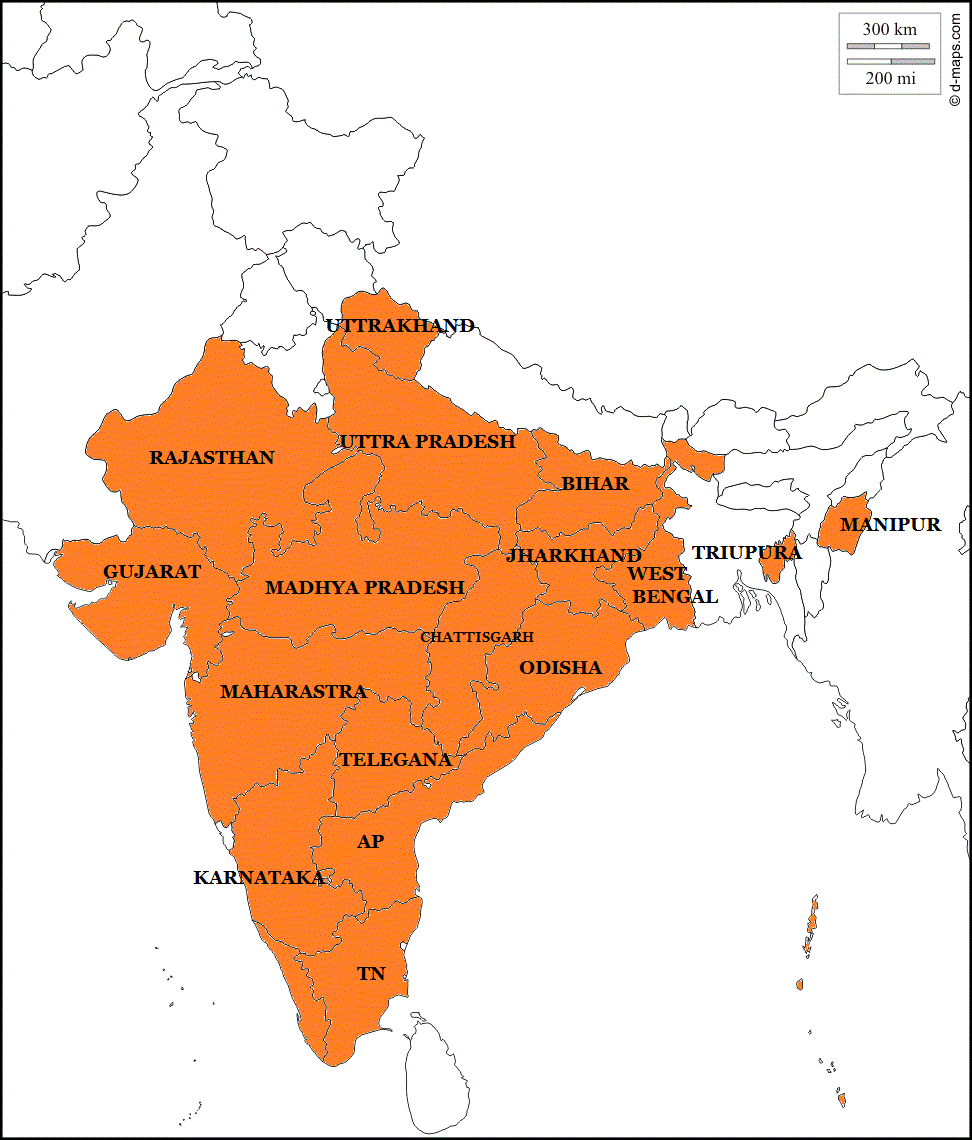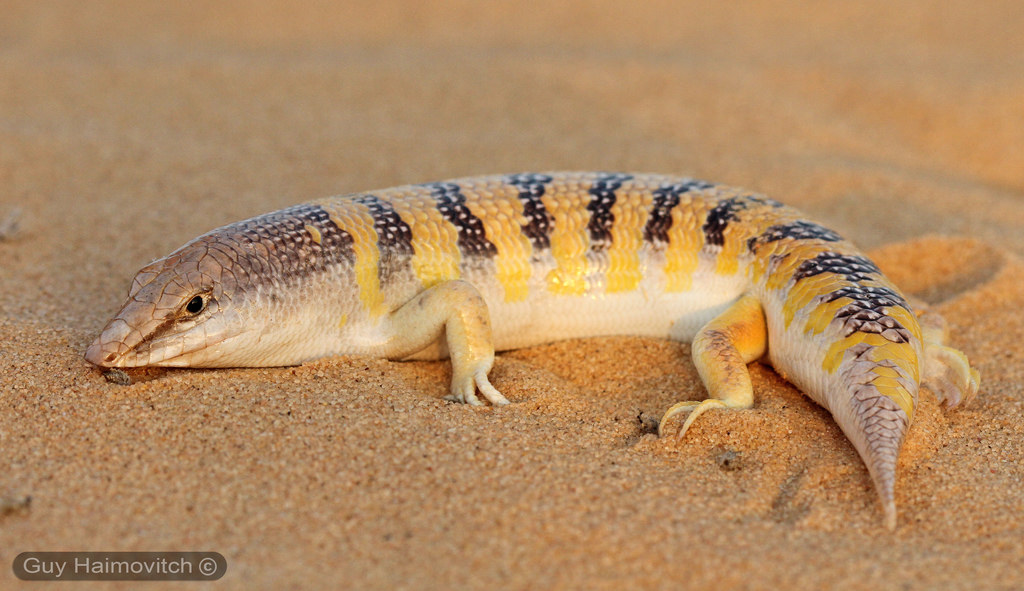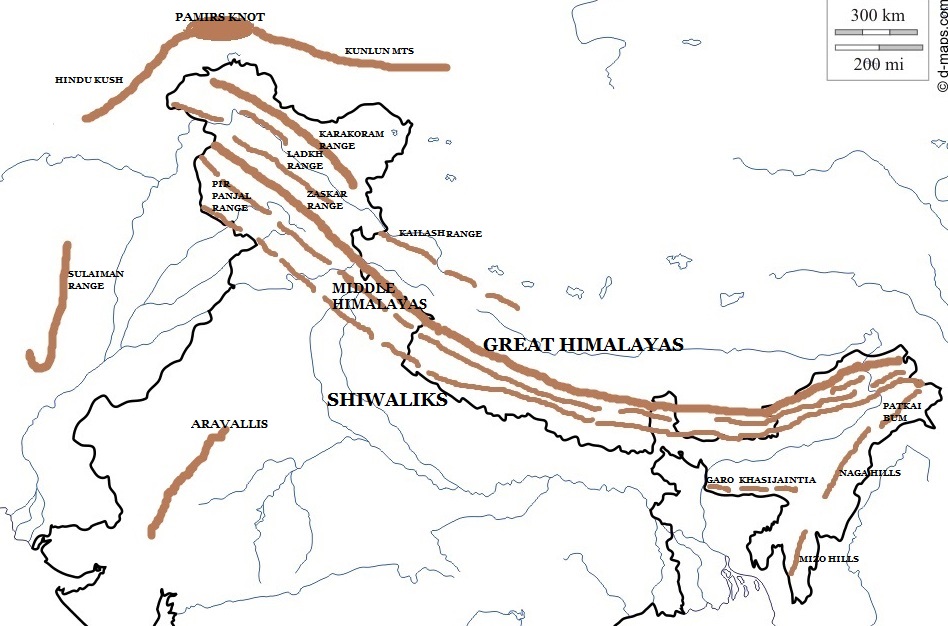900 319 0030
enquiry@shankarias.in
Particularly Vulnerable Tribal groups (PVTG)

National Culture Fund scheme (NCFS)
Sahara Desert
Small Industries Development Bank of India (SIDBI)
Bioluminscence
Sand Fish

Map of the day
India Physical

Source: PIB, The Hindu, Business Standard